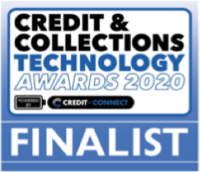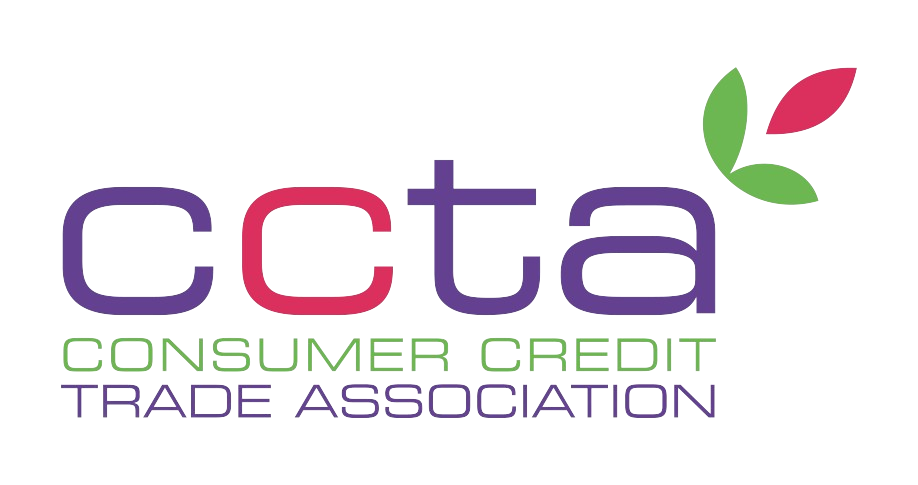
Compliance is key, but not the only key!
Going beyond ‘tick-box compliance’ to genuinely understanding collections

George Badejo-Adegbenga
Legal, risk and compliance director, Loans 2 Go
It is understandably crucial when setting up a collections unit to make clear and effectively communicate the ‘do’s and don’ts’, especially the ones likely to result in financial or reputational loss if not adhered to.
Firms are generally keen to bring home to their employees the importance of complying with legislative and regulatory requirements to the extent that some forget about ensuring their collectors and employees understand the unit’s primary purpose.
Primary purpose
A collections unit is generally formed to ensure monies owed to the firm are promptly recovered. Therefore, collectors should first be trained to understand and appreciate why they have been employed, and then how to ensure they carry out their role within the firm’s policies and guidelines (compliance).
Having worked in various financial firms over the past 15 years, I have witnessed collection managers make the mistake of only focussing on regulatory and legislative rules with little or no emphasis on effective collections.
This mistake always results in the same poor customer outcome, that is to say: more customers failing to repay their debt. This is generally not because they cannot afford to repay, but because collectors do not understand how to effectively collect.
Quality framework
In some cases, I have witnessed collection firms introduce a compliance-focussed quality framework that ends us failing them. Having a quality framework is very important as it makes clear what good looks like and how to measure collectors performance, however a quality framework is far from perfect unless it encompasses all the necessary skills and knowledge required to succeed as a collector, which will include compliance.
Compliance is crucial, but it must not stop there, one must first understand collections. So, what does understanding collections really mean?
Understanding collections
Understanding collections means:
Knowing how to attract and recruit good collectors. Good collectors are proficient in critical thinking and solving problems. Here are some of the characteristics to look for when recruiting a great collector:
- Great listening skills.
- Confidence and good instincts.
- Salesmanship – an effective collector is skilled at making a debtor want to repay their debt.
- Being an excellent negotiator.
- Empathy and good judgement.
- Persistence.
- Ability to overcome objections.
- Creativity in solving problems.
- Being fair and trustworthy.
Being able to retain great collectors as they are ultimately the firm’s asset and without them, your bad debt will continue to grow beyond considerable measure. This can be done in many ways, for example by paying competitive remuneration and offering other perks that are widely beneficial to employees, such as discount shopping and free dental insurance.
Understanding the principles behind the rules and regulations. One must understand what the framers of the laws, rules, and regulations governing the industry were trying to achieve to ensure accurate compliance.
For example, I have seen collection units mistake the Financial Conduct Authority’s ‘treating customer fairly’ (TCF) principle for ‘treating customers nicely’, thereby failing to bring home to customers, the consequences of not repaying their debt.
Some do this because they believe TCF is about saying what the customers like to hear. Such an approach is wholly unfair and contrary to the TCF principal.
Having an all-encompassing quality framework that sets expectations on all the skills required to succeed as a collector (not only compliance) and creating a culture that recognises effective employees and celebrates success. Firms that do not have an all- encompassing quality framework should seriously consider it. I have seen some firms go further by introducing the so-called total quality management model into their firm.
Total quality management is defined as a management framework based on the belief that a firm can build long-term success by having all its employees, from low-level workers to its highest-ranking executives, focus on quality improvement and, thus, delivering customer satisfaction.
Such a brave change in culture tends to succeed when embraced and championed by the entire management team (especially the very senior managers).
Having the right system, controls and strategy in place. The ability to collect appears to come to some naturally and it has been said that collecting is an art, not a science.
Personally, I think it is both. C P Snow, the British novelist and physical chemist, once observed that “the intellectual life of the whole of Western society is increasingly being split into two polar groups”, he was talking of the differences between scientists and literary intellectuals.
As per Victoria Kingston, the historian and writer, “science embodies the rational and analytical end of human experience, while art comes from the empathic and expressive. Science can prove truths to us, while art can only make us feel them”. To ensure trained collectors succeed in their roles, we need the right systems, controls, and strategy that will prove the truths to us.
The art of collections is having the ability to make customers ‘want to pay’, as opposed to ‘pay’.
The science aspect naturally deals with understanding the best time to engage with customers (before or after defaulting), how to proactively identify customers likely to default, the most effective medium of communicating with customers, and the most effective enforcement techniques and solutions.
Conclusion
Now do not get me wrong, as they say, compliance is key, but it is not the only key! One must see compliance as a key amongst a set of keys that will enable access to the many doors within the collections building.
Let us say the target location within the said building is the penthouse, one must hold the entire set of keys to open the doors that will lead you into the penthouse.
It is all about effectively collecting with integrity.



 Now is the time to start planning your financial goals for 2026
Now is the time to start planning your financial goals for 2026 
















